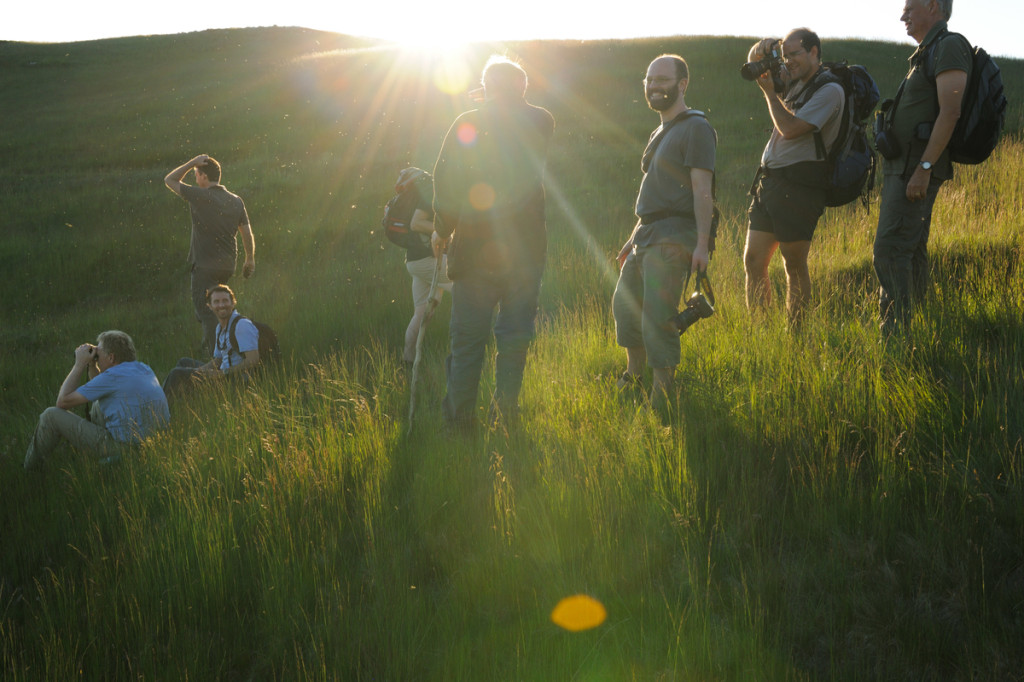Traveling across the USA you can stop to have a hamburger and a coke (or pepsi), then drive 1000 km and stop to eat a hamburger very similar to the above in a town very similar to the previous one. However, if you drive 1000 km across old Europe, you will probably cross 3–4 country borders, pass 4–5 language zones, 7–8 architectural styles, a couple of religions and dozens of distinctively different delicious dishes …

Of course, this is a simplification, but in Europe the social and cultural diversity seems to join biodiversity, offering the traveller a quite unique experience. This diversity is also a distinctive feature of Rewilding Europe: a central team comprising of ten nationalities, working from nine different countries and sharing their various responsibilities with local teams located in seven different countries.
As regional manager, I am proud to have the opportunity to work with this rich human and biological diversity, where the coordination of our rewilding projects is an endless source for many curious or amusing anecdotes.
Although our working language is English, I always try to learn a few words in the language of the rewilding areas, so I can write a bilingual Hola/Ola to say hello to our Western Iberia colleagues or thank with a multumesc to our Romanian fellows. Another issue are the places’ names in the rewilding areas: I have great difficulties to write or pronounce Kvikkjokk or Naturschutzgebiet Anklamer Stadtbruch and for some colleagues some Latin words as Cidadelhe or Ciudad Rodrigo are extremely complicated.
Skypecalls and emails are some of our common communication tools, and it is funny to see how a fellow Dutch propose a call at 2 pm, when we, the Iberians are having lunch, or an Iberian calls at 12 am, when the Central European are enjoying a break. If we would prepare a graphic with the time when the emails are sent in Rewilding Europe we would find the same pattern, although with peaks at holidays and unexpected hours, indicating an important group of freelancers and large doses of enthusiasm for the work 😉

We also must get used to the great diversity of the climate. Our team leader in Velebit has constantly to remind me when preparing the field visits that the mountains are often impassable due to snow and wind in the winter. Last year in early October, the team leader of Southern Carpathians warned me that the construction work of the pre-release enclosure for the bison had been stopped due to heavy snow, only a few hours after I was snorkelling in the Mediterranean!
Although, we have climatic, ecological, social and cultural differences, we are making strong linkages between the rewilding areas. Once a year, all central team members and all team leaders gather somewhere in Europe to exchange experiences and plan the common way forward. And in the near future we will start exchanges between members of the different teams, where a project officer for example will spend a few days with the officer of another rewilding area to witness the daily work and the local challenges.
The rewilding activities benefit also from this shared knowledge and experience. The bison reintroduction projects developed in the Netherlands by ARK Nature have greatly helped us to prepare the reintroduction in Southern Carpathians, and this project will surely pave the way to our plans in Velebit. And the same is happening with wildlife watching activities, the creation of “no-take zones” and communication strategies.
In short, the Rewilding Europe areas and the people are in one way so different, but at the same time we are so close on the challenges that we face and the eagerness and excitement to discover and walk together down the “rewilding path”.
